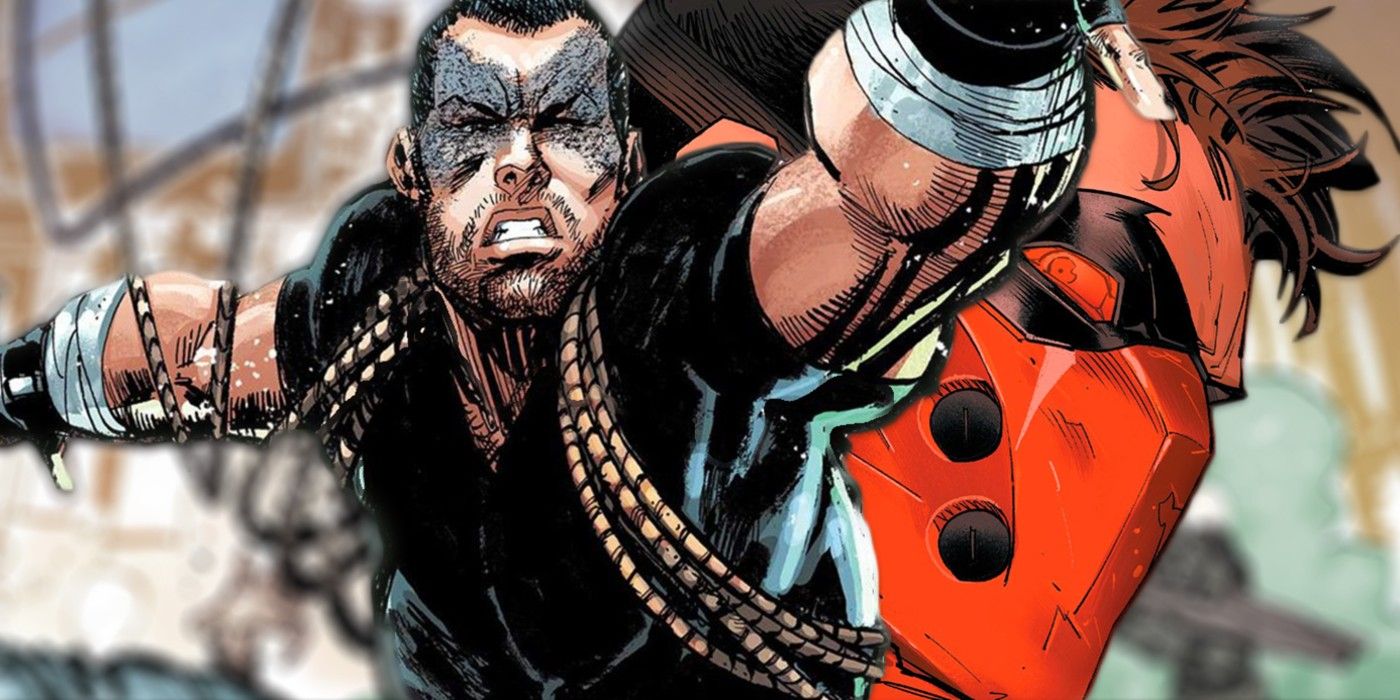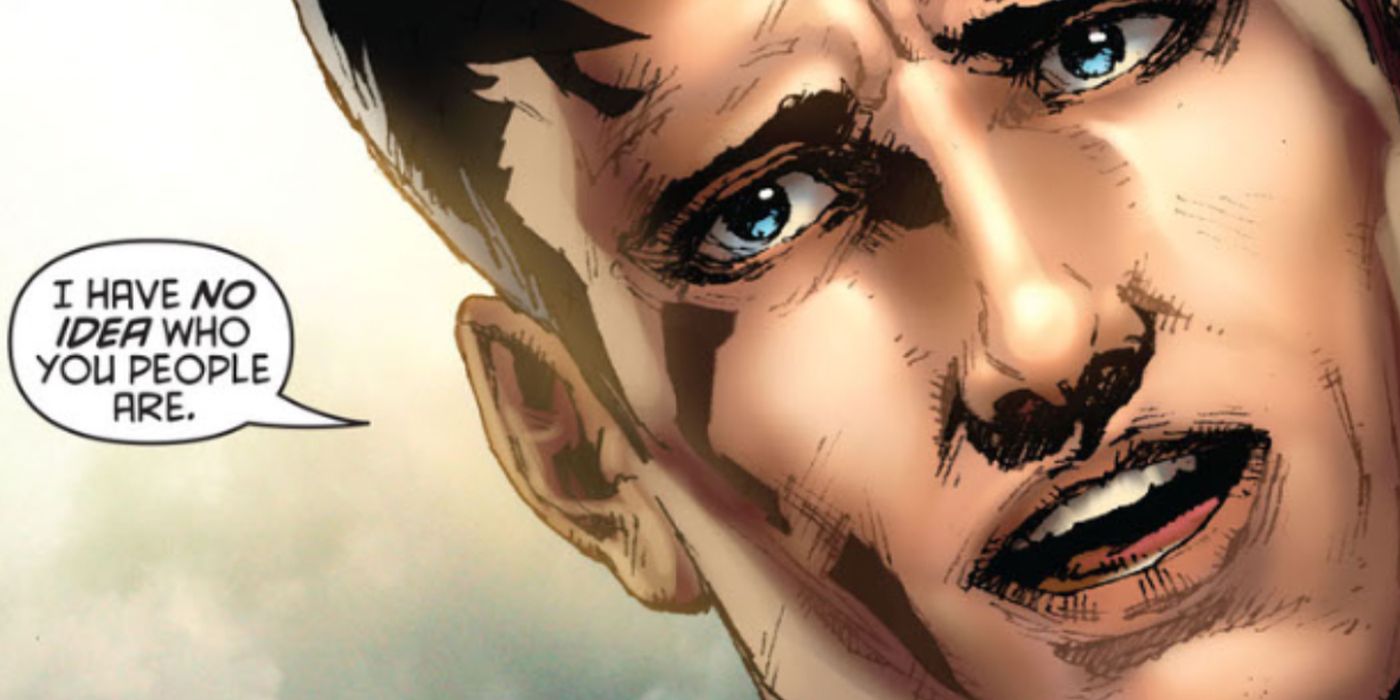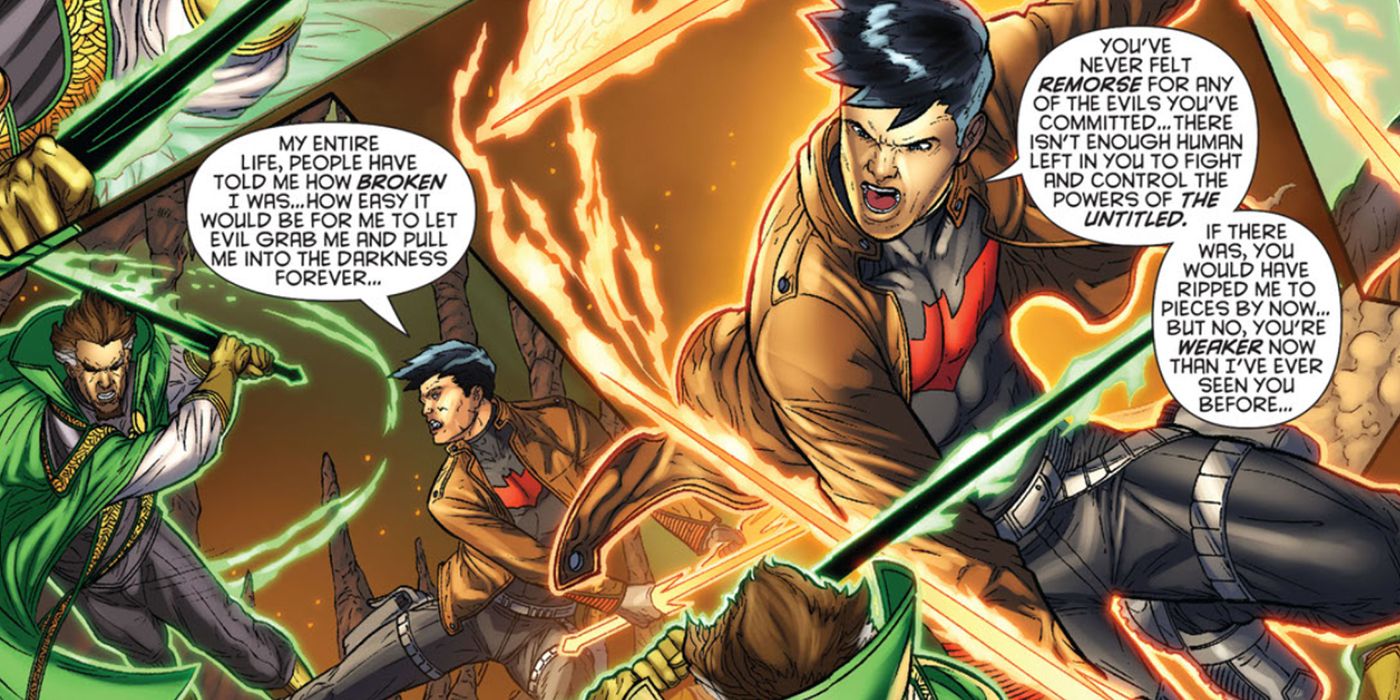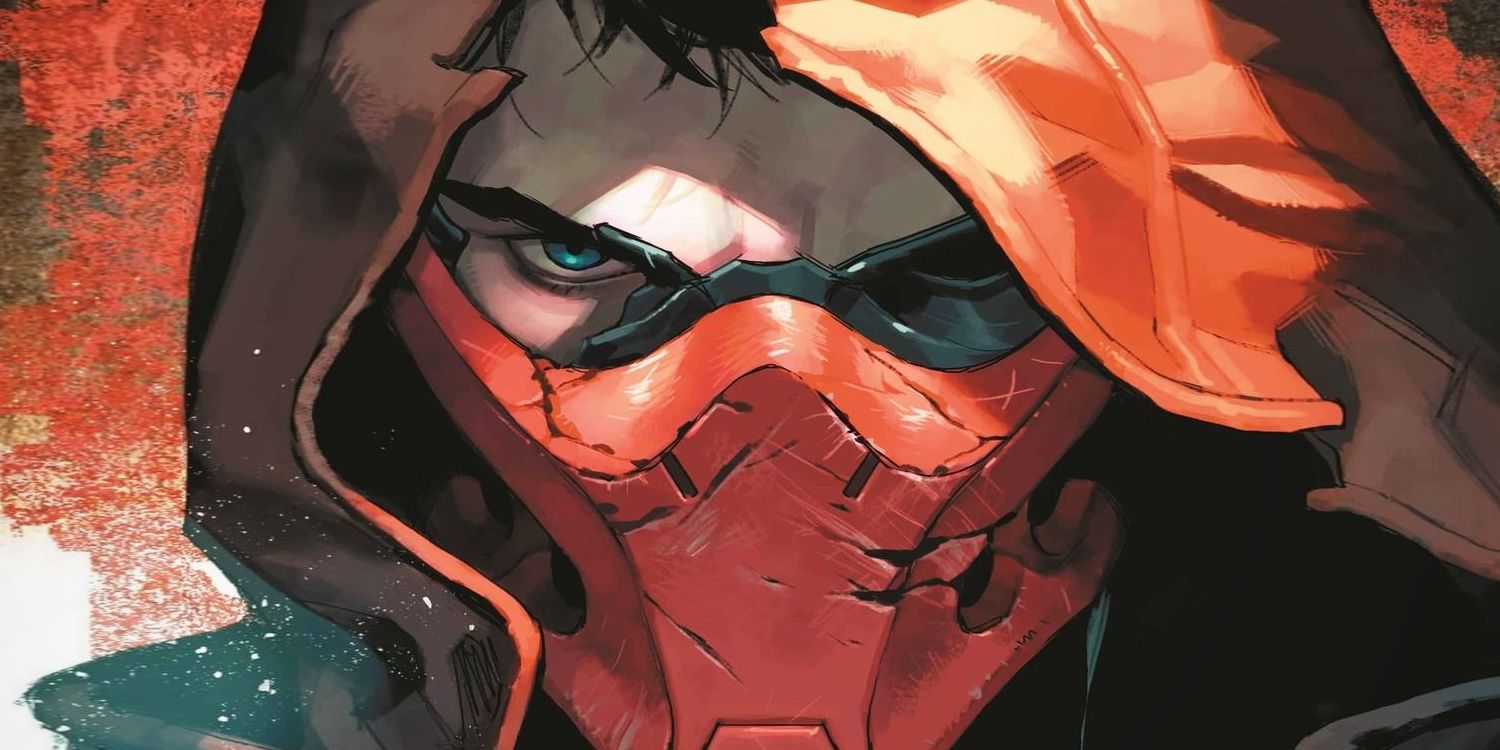Two members of DC Comics' Bat-Family, Red Hood and Nightwing, have had emotional storylines centered around amnesia. And while Nightwing's time as "Ric Grayson" was controversial, Red Hood's story succeeds where the other fails. Amnesia storylines are not uncommon in superhero comics and genre media in general, as they offer the chance for writers to break a character down to their most basic elements and construct their identities all over again. For fans, watching a beloved character lose all sense of who they are can be a gut-wrenching experience, and Jason Todd's arc from Red Hood and the Outlaws #19-27 takes that to another level.
Red Hood and Nightwing's bouts of amnesia occur under differing circumstances, as Nightwing was shot in the head by KGBeast in Batman #55 (written by Tom King, pencils by Tony S. Daniel, inks by Tony S. Daniel and Danny Miki, colors by Tomeu Morey, and letters by Clayton Cowles) while Red Hood voluntarily had his memory wiped of "everything connected to darkness" following an acid attack from the Joker. Even though Red Hood intended to start afresh from the Joker's influence, the memory wipe from the All-Caste resulted in all of his memories being taken away as it was impossible to disentangle the good from the bad. As a result, his Outlaws teammates, Starfire and Arsenal, were horrified to find that Jason could no longer recognize them in Red Hood and the Outlaws #19 (written by James Tynion IV, art by Julius Gopez, colors by Nei Ruffino, letters by Taylor Esposito).
What makes Red Hood's amnesia so crushing is that it occurred in response to a personal attack from the Joker, and directly derailed the character growth that Jason Todd had experienced in the issues leading up to it. Red Hood and the Outlaws during the New-52 explored the friendship that Jason had with Starfire and Arsenal as all three of them tried to grow from their past mistakes. Even though his relationship with his adopted father, Bruce Wayne, had smoothed over by that point, there was still some growth that Jason needed to do in order to fully come to terms with his past as a killer and as the Robin whose death at the hands of the Joker was left unavenged by Batman. After visiting Wayne Manor and coming to terms with the course of his life with Batman in Red Hood and the Outlaws #17, Jason was once again thrown into uncertainty about his future when the Joker nearly burned his face off with acid. As such, his decision to wipe his memory was grounded in an effort to re-envision himself as a hero who could do good, as opposed to being a troubled antihero.
While both storylines are devastating in their depiction of amnesia, Red Hood's is sadder because it initially offers the conclusion that Jason Todd will forever be defined by his worst memory: being beaten to death by the Joker. The serial nature of superhero comics offers characters plenty of chances to grow and overcome some of their greatest hurdles, but this has rarely been the case for Red Hood due to the fact that the Joker thrives on repetitive cruelty. As such, Red Hood's amnesia only emphasized the extent to which his identity has been shaped by victimhood, despite his best efforts to define it on his own terms.
Unlike Nightwing, Red Hood faces a unique challenge in determining himself as a person because of his moral ambiguity, a fact which his amnesia storyline takes full advantage of. Nightwing is largely understood as the member of the Bat-Family who is "better than Batman" when it comes to being a superhero. While Dick Grayson has done some questionable things, his ledger is far cleaner than Jason Todd's, who wasn't afraid to murder some of Gotham's biggest criminals in order to do what Batman never could.
Despite his best efforts, it has been nearly impossible for Red Hood to escape his past identity as a killer, which the amnesia arc in Red Hood and the Outlaws highlights when he is recruited by the League of Assassins to be their new leader. His involvement with the League showed that even the loss of his identity could not prevent him from being pushed towards darkness by the most notorious killers in the DC Universe. In this sense, his amnesia was never the fresh start that he had intended it to be, because his reputation as a killer exists not only in his mind, but in the minds of everyone else.
This comes to a head however when Red Hood fights Ra's al Ghul in the Well of Sins, a Lazarus Pit that magnifies negative emotions in issue #27 (written by James Tynion IV, pencils by Julius Gopez and Noel Rodriguez, inks by Sandu Florea, Walden Wong, and Dan Green, colors by Nei Ruffino, and letters by Travis Lanham). While the fight seems initially unequal due to the effects of the pit on Jason, it takes a surprising turn when he takes advantage of his opponent's insecurities. Refusing to be defeated by it, Jason tells Ra's that, "My entire life, people have told me how broken I was... How easy it would be for me to let evil grab me and pull me into the darkness forever... Every second in this pit is agony, but I've felt worse."
Jason's statement shows that while he is aware of the expectations placed on him due to his reputation as Red Hood, only he is in control of who he ultimately wants to be. For him, his amnesia story was not a way out from the harm that the Joker caused him, but a way for him to understand how he was truly seen by those around him. From there, he was able to find strength in the fact that his friends, Arsenal and Starfire, did not see his troubled past as a hindrance, but as a reason to support and believe in his capacity for good.
Like so many other members of the Bat-Family, Jason Todd had a difficult start (and end) to life, and what made his amnesia arc so gut-wrenching was that it looked at the darkest parts of not only his life, but those of Starfire and Arsenal as they tried to understand his actions. While Nightwing's stint as Ric Grayson mostly centered on his new life as a cab driver, this particular Red Hood and the Outlaws story showed how powerful amnesia as a plot device can be when it is examined through the eyes of a character's loved ones. Everyone has a memory or two that they could live without, which made Arsenal and Starfire even more invested in helping Red Hood find himself again.
Red Hood's amnesia storyline proved that while his death at the hands of the Joker played a significant role in shaping his identity, it is not the only thing that makes Jason Todd an individual. In fact, the story demonstrates how defining a character by their worst moment ignores the fact that they are also equally shaped by good, a problem Nightwing has never had because of his reputation as the Bat-Family's golden boy. Pain and joy can only exist in relation to each other, and without both of them present, a character loses everything that makes them who they are. And while it is depressing to consider who Jason Todd may have become had he not been killed by the Joker, the arc concludes that what defines Red Hood as a character is his resilience, alongside his victimhood.




